Hyundai has reaffirmed its commitment to hydrogen-powered cars, revealing the second generation of its Nexo fuel-cell SUV.
Based on the Initium concept car shown last year, it introduces a new design language dubbed Art of Steel, which will distinguish the brand’s future FCEVs from their battery-electric and combustion-engined counterparts.
Details reserved for Hyundai’s new hydrogen cars include the new Nexo’s grid-shaped “H-two” front and rear lights, as well as H-shaped surfaces on the front and rear bumpers. The latter are finished in a flat silver shade, highlighting them against the colour of the car’s flat-black body cladding.
As well as looking radically different to its predecessor, the new Nexo is a longer, taller and wider car, repositioning it as an alternative to battery-powered EVs such as the BMW iX3 and Tesla Model Y.
Hyundai said this – combined with a slimmer seat design – means there is now room for second-row passengers in every sense, from headroom down to legroom.
The Nexo also receives the same ‘connected cockpit’ dashboard as the Ioniq 5 featuring a pair of 12.3in displays: one for instrumentation, and the other an infotainment touchscreen. To boot, the car’s traditional mirrors are replaced with cameras (displayed on large screens on either flank of the dashboard).
Under the skin, the second-generation Nexo brings a completely reworked powertrain. Its fuel cell stack’s electrical output has been increased by 16%, to 110kW. Hyundai said it is also more durable and operates over a wider range of temperatures. Meanwhile, the battery’s maximum output has doubled, now delivering up to 80kW.

Such developments allowed the fitment of a 201bhp electric motor, significantly punchier than the previous car’s 161bhp unit. This cuts its 0-62mph sprint time down from 9.2sec to 7.8sec.

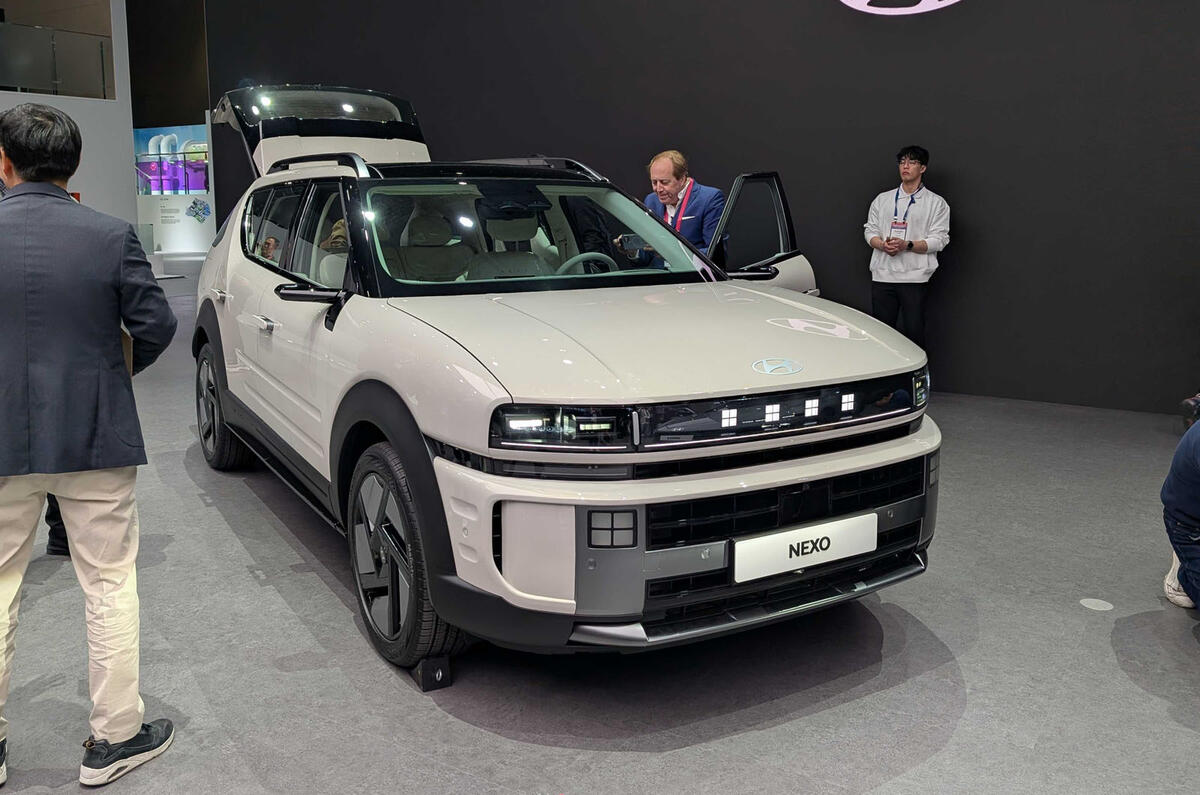
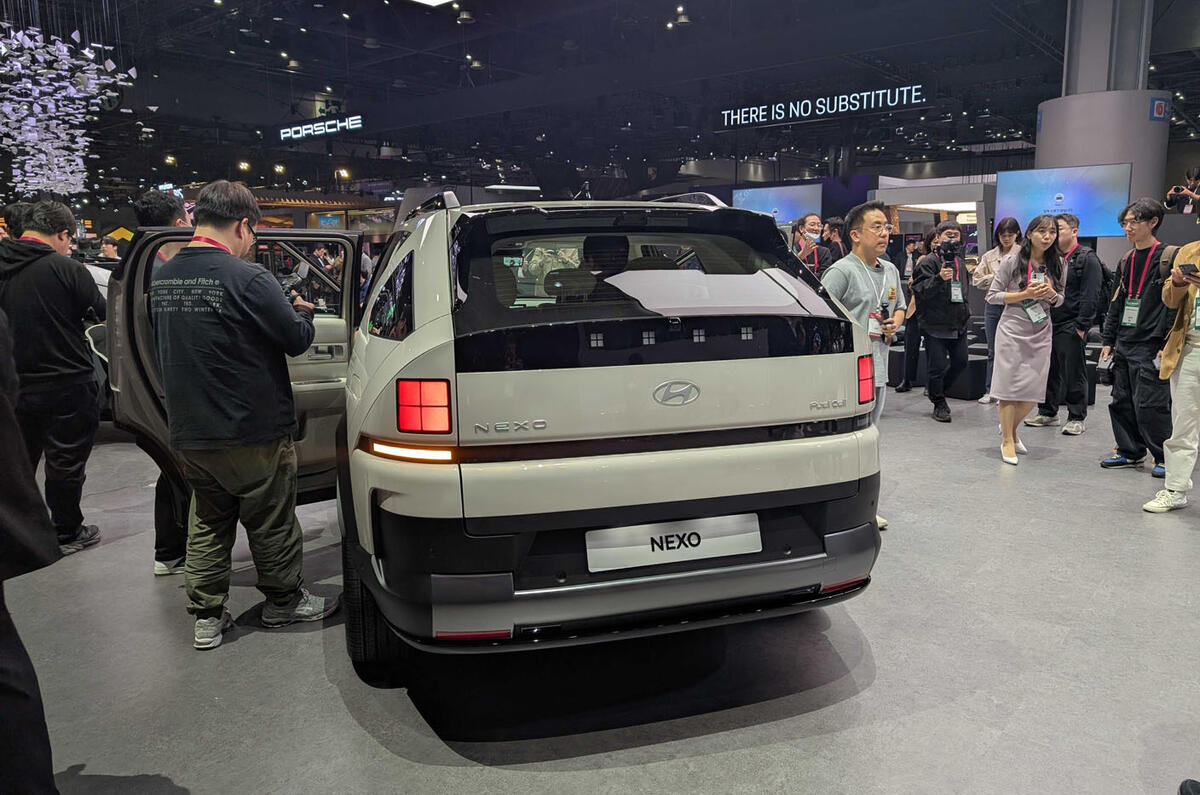
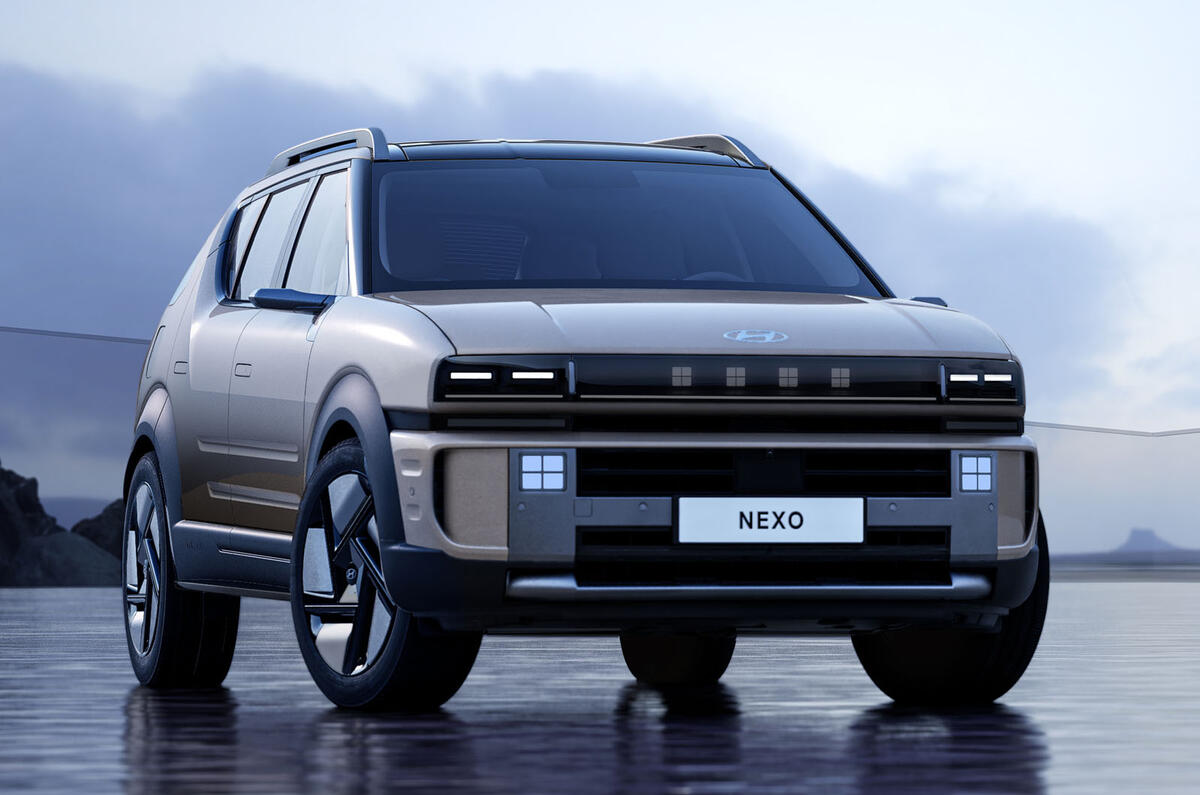
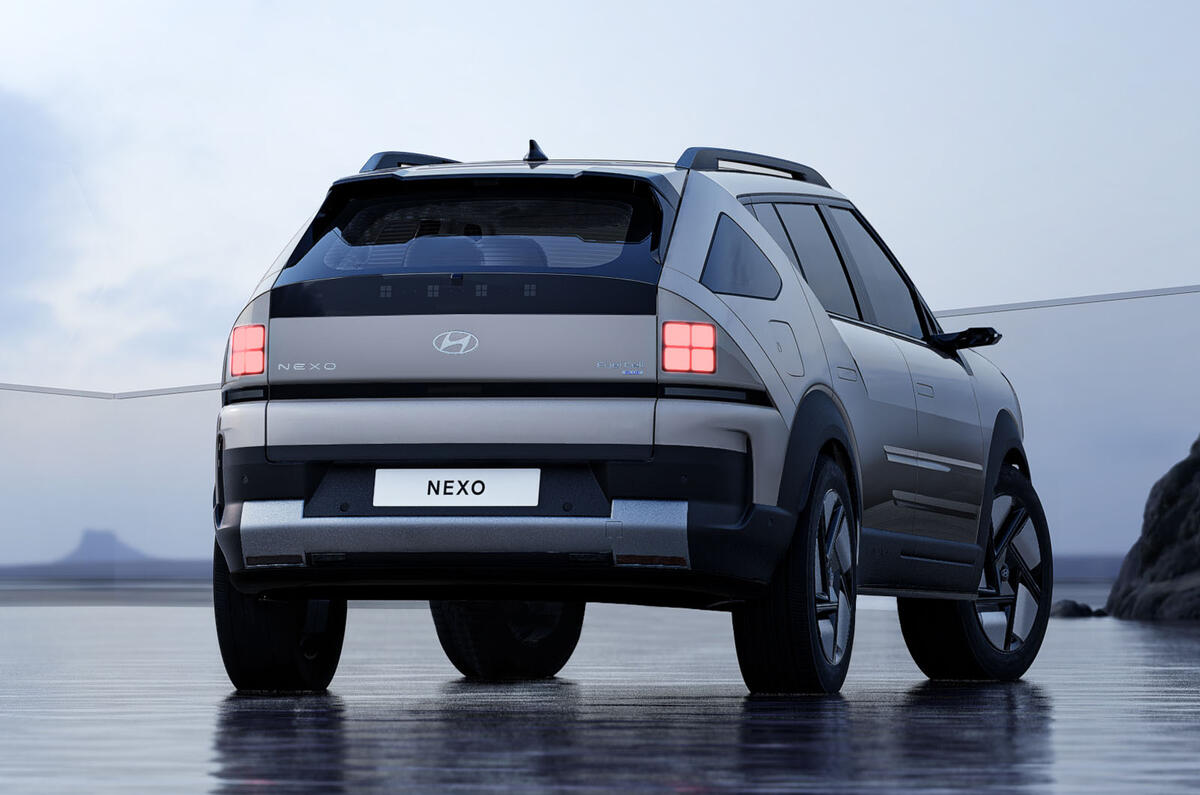
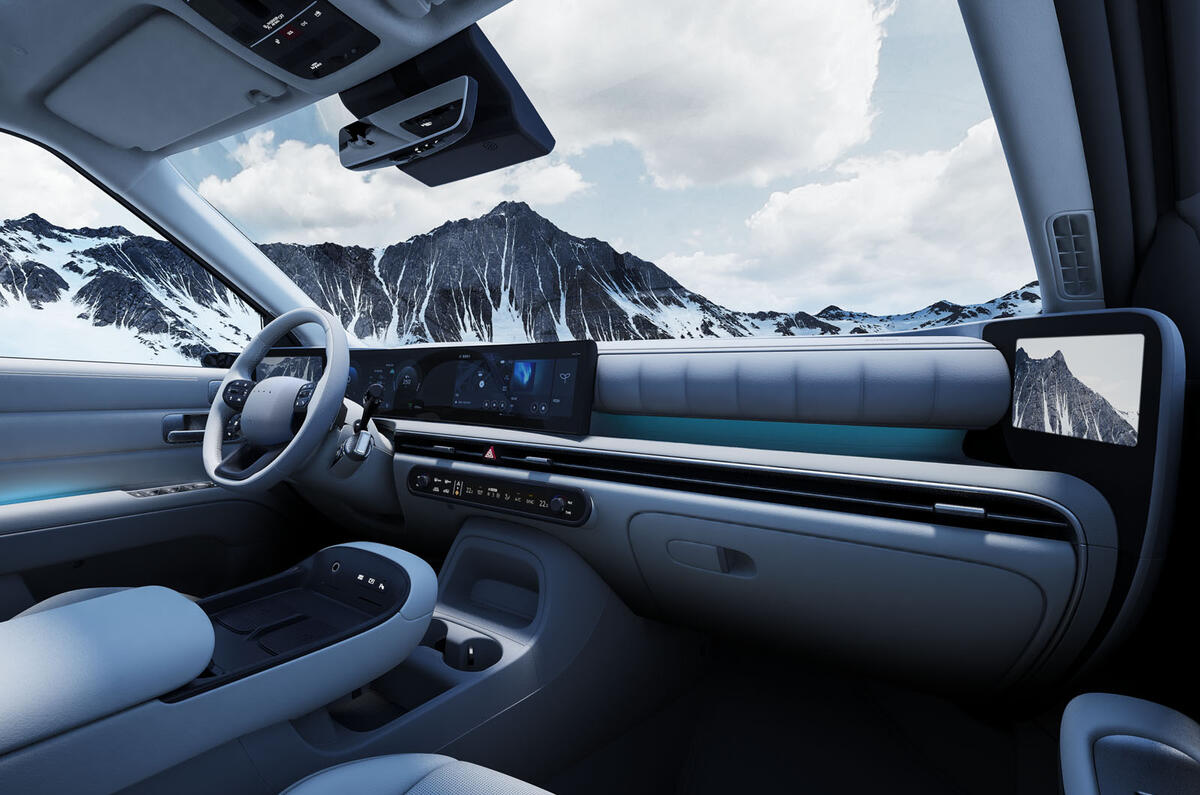
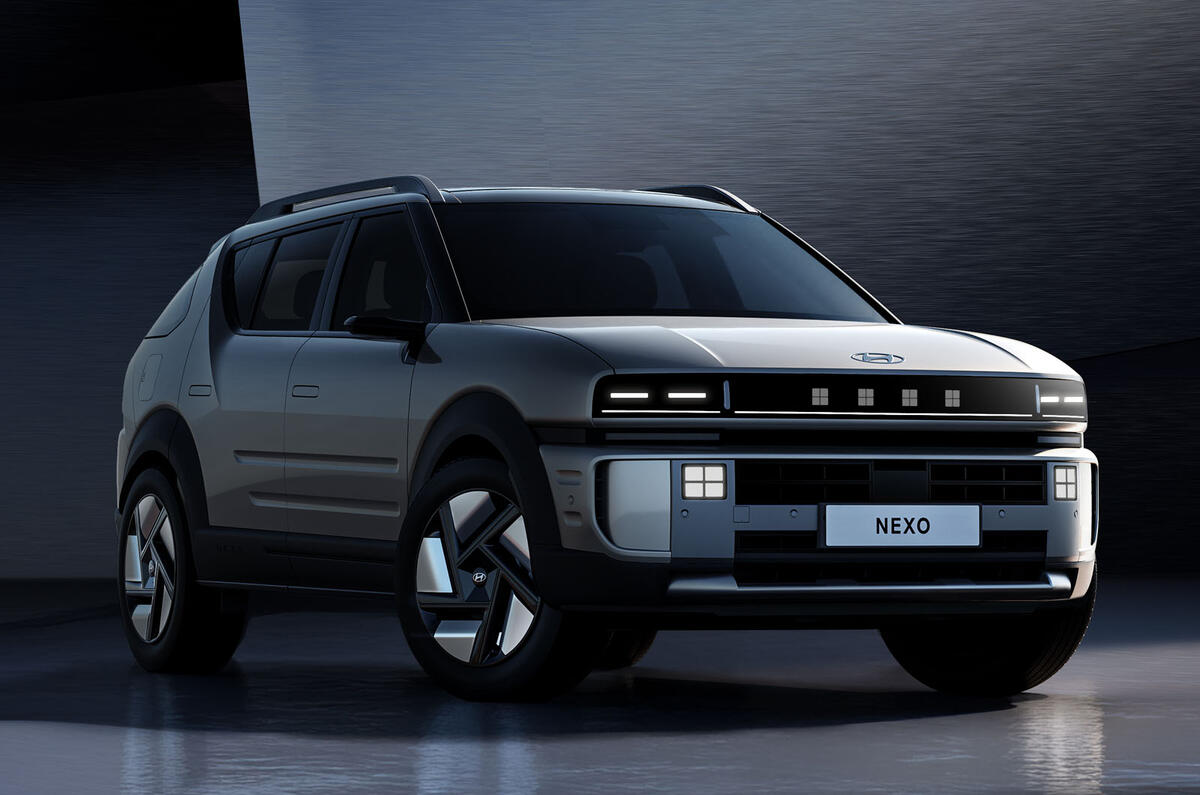
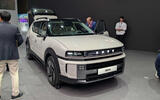
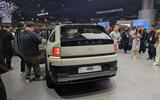
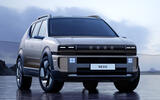


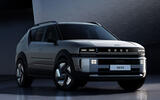






Join the debate
Add your comment
When Tesla first tried to sell cars here they built their own charging stations, and supplied the fuel for free. We need that sort of thinking to make hydogen a success. Will anyone do that? Could it be done? One thing i am sure of, that without a decent network of places to refill no car will succeed, no matter what the energy sourse is.
Complete waste of time, money and energy... Literally and figuratively!
Kia ev3 is half the price...